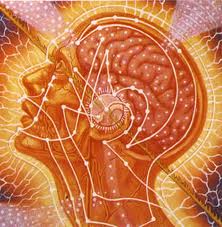When it comes to health, this time of the year is almost traumatic. The pressure of making resolutions which will life change your life seems to be relentless. December 31st is going to be epic but you are already dreading Jan. 1 when you have to wake up to that resolution of healthy eating. Which means, no greasy breakfast...
Today, the resolution seems doable but you know that it is going to be gone by the end of the month. Why? Why does this always fail?
It fails because your body rejects change. Your brain and body need to work together to make this resolution a reality. The best way to achieve by implementing small changes which make you feel good and give you a sense of accomplishment.
whether it is about healthy eating, going to gym or yoga, small changes suggested that are specific to your lifestyle are the Key. Each of us lives differently and has an unique personality. Trying the same fad diet or lifestyle that works for thousands may benefit you, but to optimize it you would need to know and understand yourself.
Yoga helps you to reach that awareness. It provides you with physical awareness that resonates mentally and emotionally. To your stick with resolutions, start with yoga. It will make everything easier...trust us...it works!

